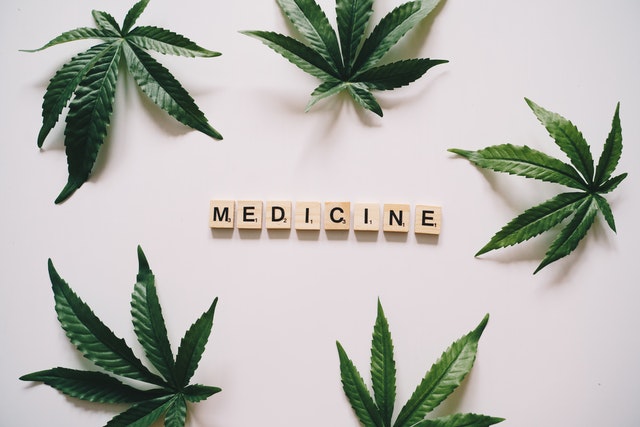Most people might report that the pain relief they receive from cannabis wears off after a few hours. But what if there was a way to maintain constant cannabinoid plasma levels? Think of how that would affect cancer patients treated with cannabis extracts.
How does transdermal delivery of cannabinoids work?
The continuous delivery of therapeutic cannabinoids ensures the maintenance of cannabinoid plasma levels, and the patient receives a constant supply of the compounds they require. Since cannabinoids address many symptoms, including nausea, pain, and tumor development, transdermal delivery of cannabinoids has promise for cancer patients. Additionally, when using transdermal delivery methods, you remove the psychotropic effects of cannabis, leaving only the health benefits. [1]
The human endocannabinoid system mediates phytocannabinoids ‘ psychoactive and medical effects via receptors. Some receptors are present in the skin. Transdermal delivery of cannabinoids works by targeting the endocannabinoid receptors in human skin, which a recent study indicates is effective against the development of skin cancer. [1]
A Reduction in Melanoma Cells
The study involved mice bred to remove the endocannabinoid receptors from the resulting offsprings’ skin. Then, the researchers tested the mice and their offspring to determine the efficacy of cannabinoids in treating the mice with no receptors present. Since the mice with no receptors received no benefits and those with the receptors experienced a reduction in melanoma cells, the scientists determined that the endocannabinoid receptors, CB1 and CB2, are an excellent delivery route for cannabinoids. [1]
Since the human skin amounts to around twenty square feet of surface area, the transdermal application provides more opportunity for phytocannabinoid absorption and delivery to targeted cells. And all without smoking or vaping cannabis.
References:
Mahmoudinoodezh H, Telukutla SR, Bhangu SK, Bachari A, Cavalieri F, Mantri N. The Transdermal Delivery of Therapeutic Cannabinoids. Pharmaceutics. 2022;14(2):438. Published 2022 Feb 18. doi:10.3390/pharmaceutics14020438. 897 citations










